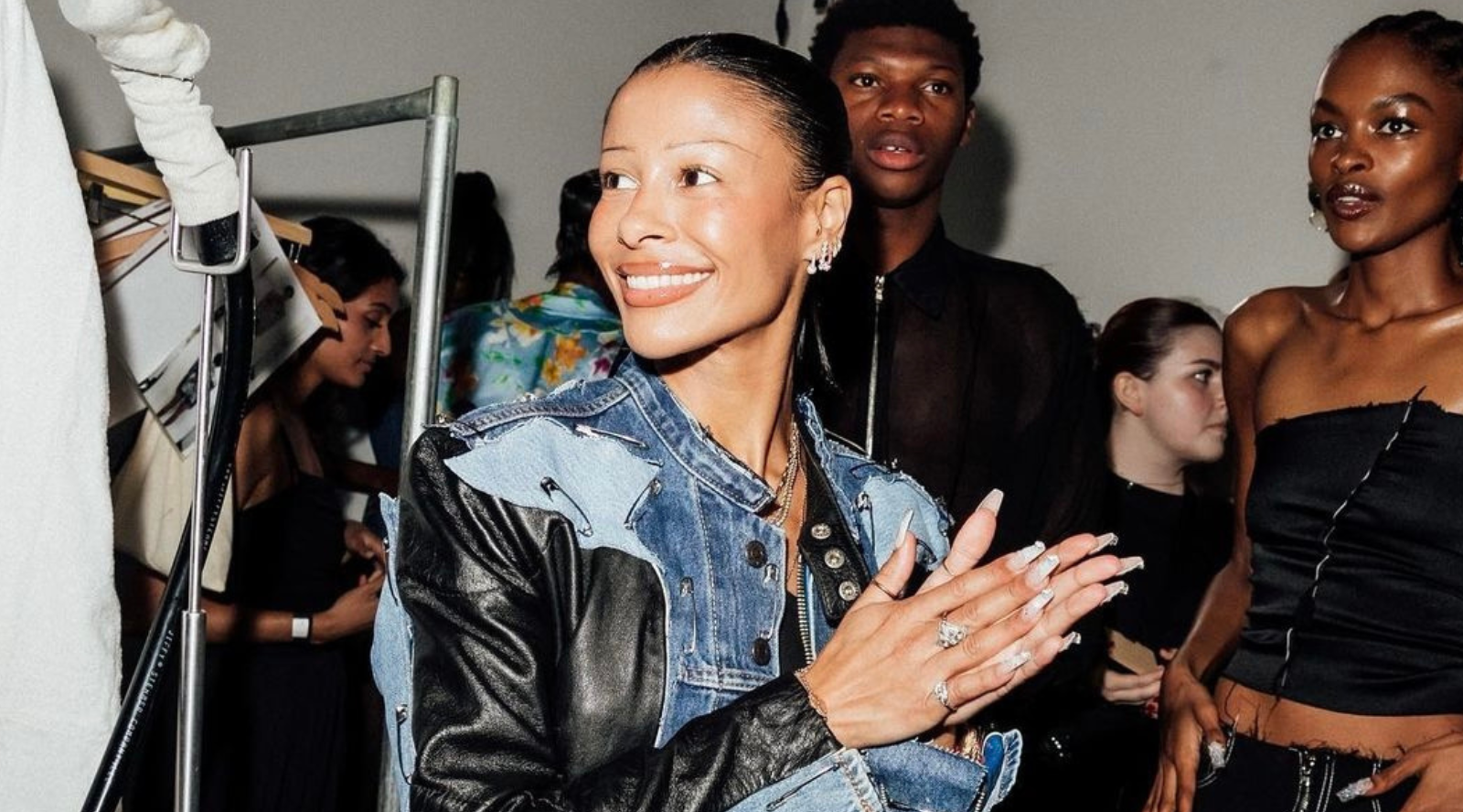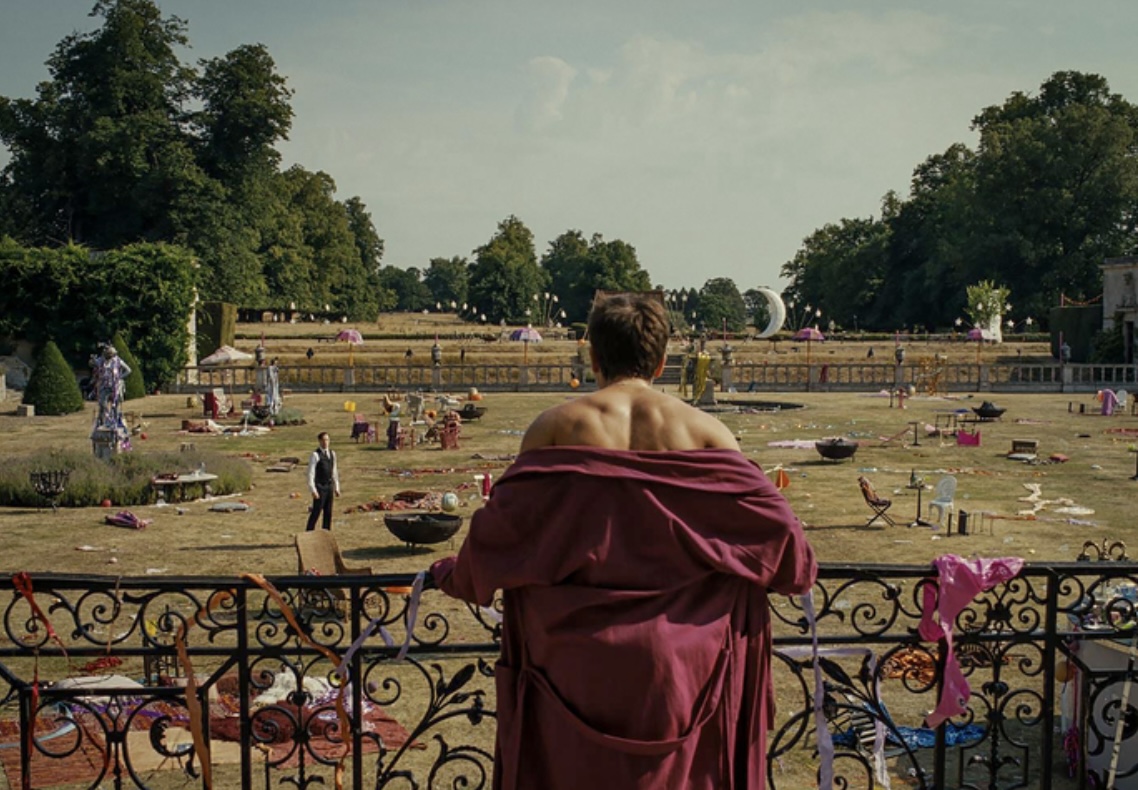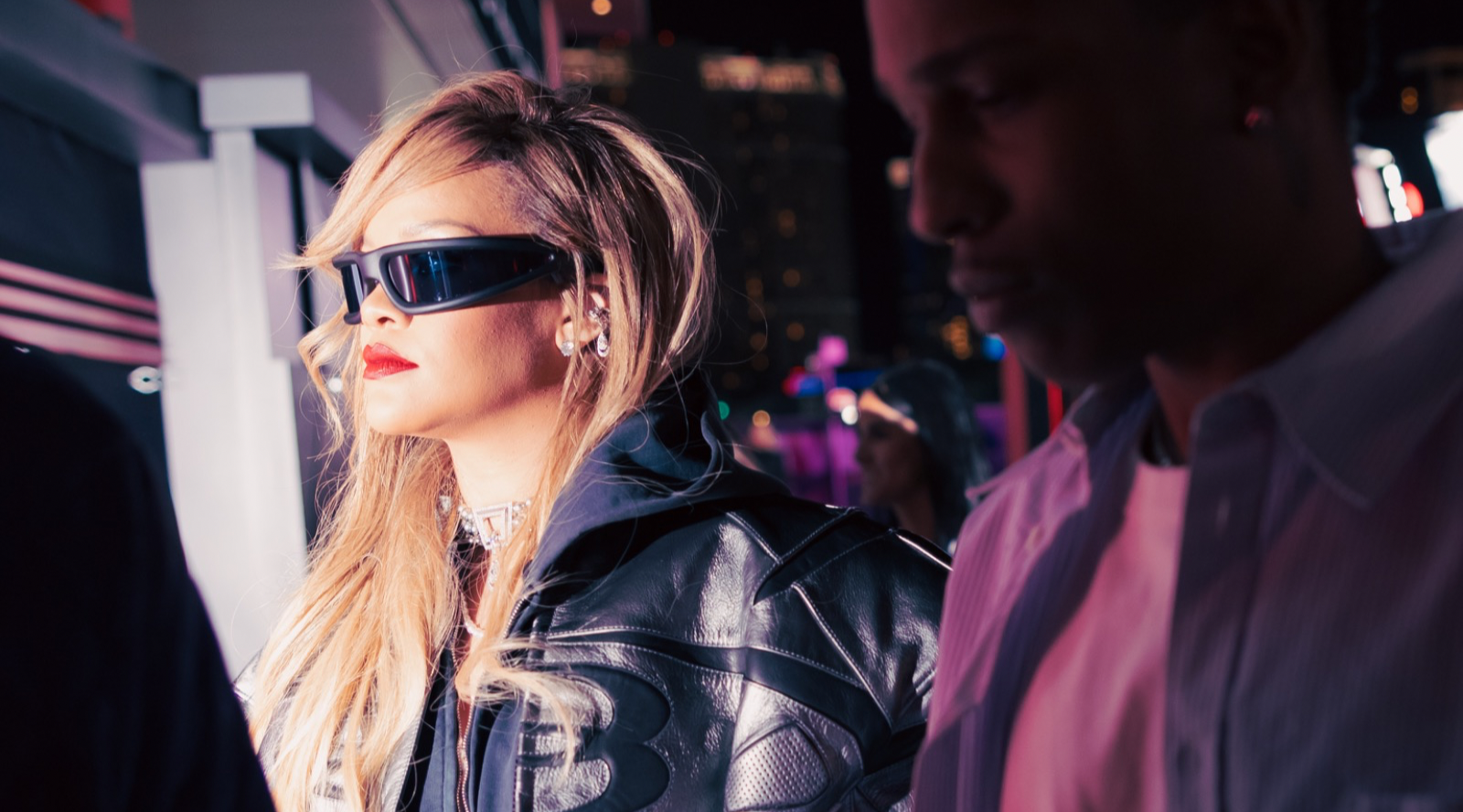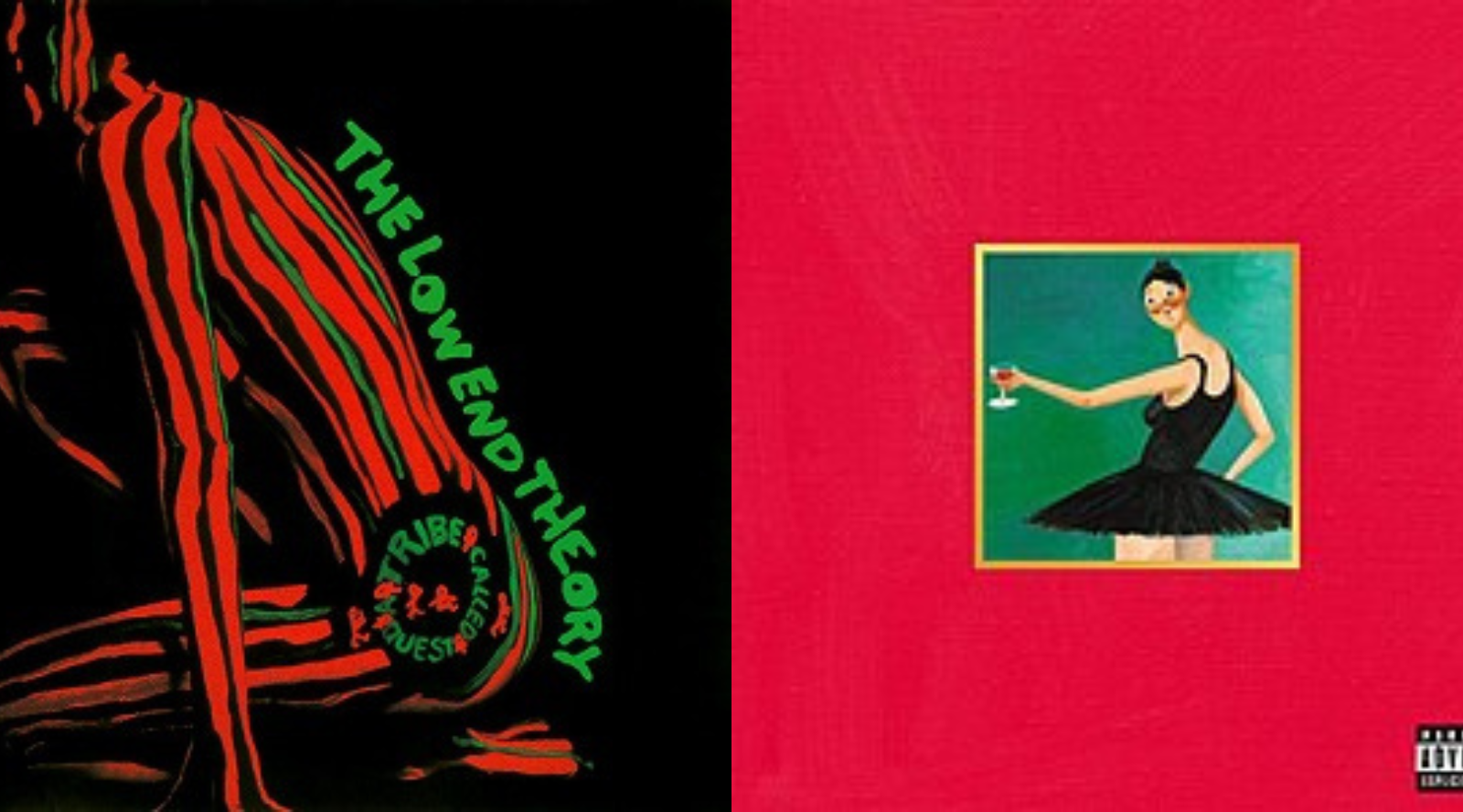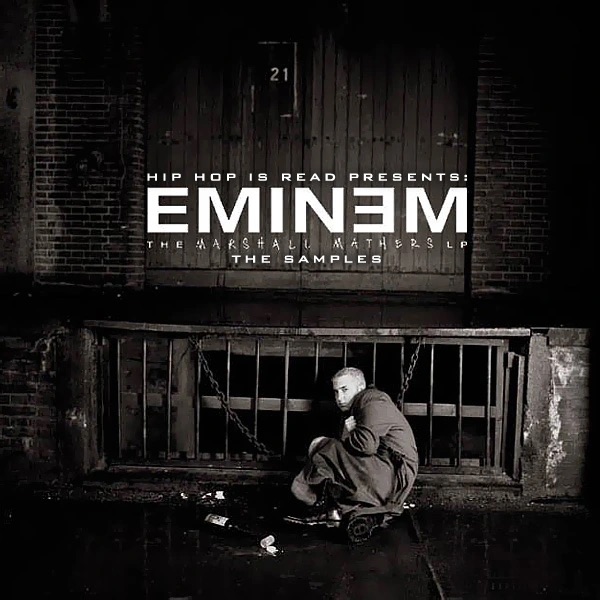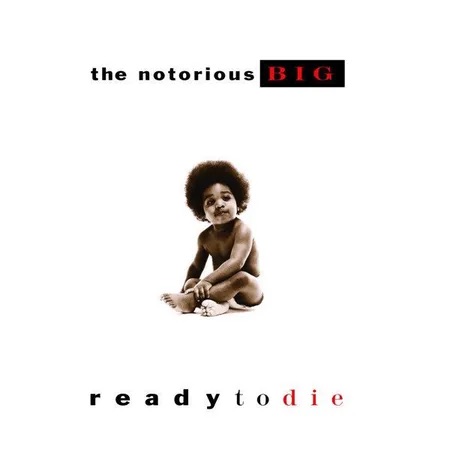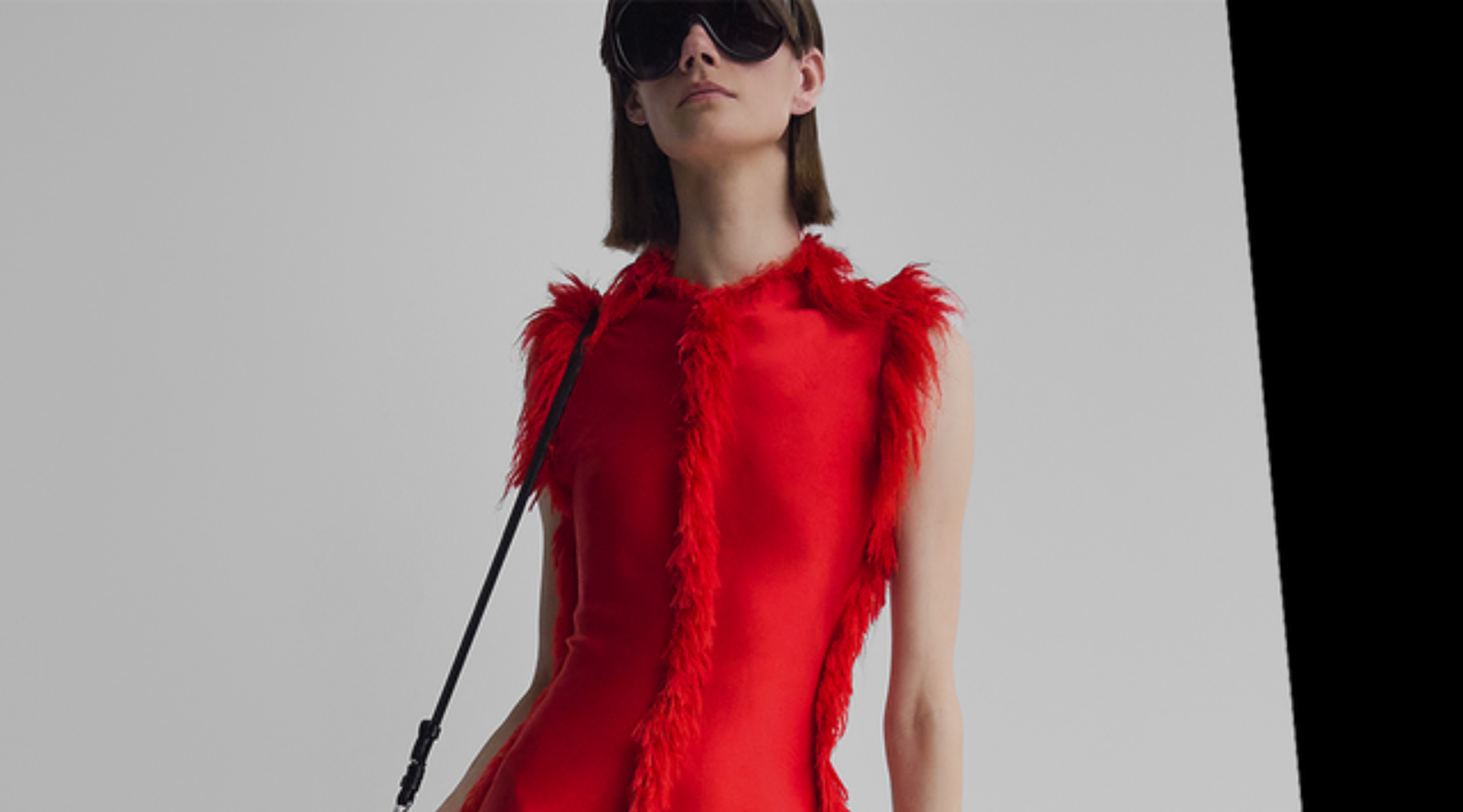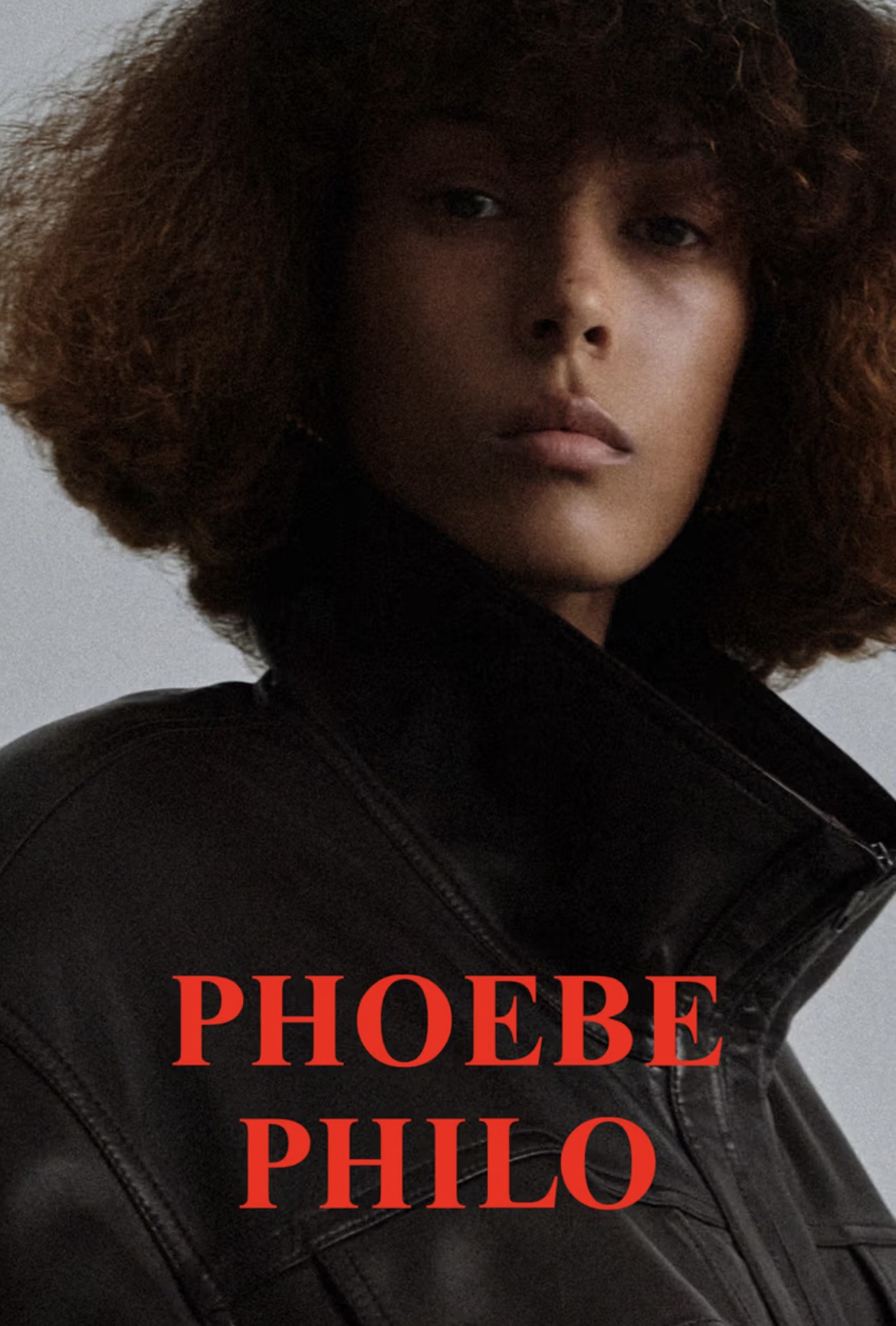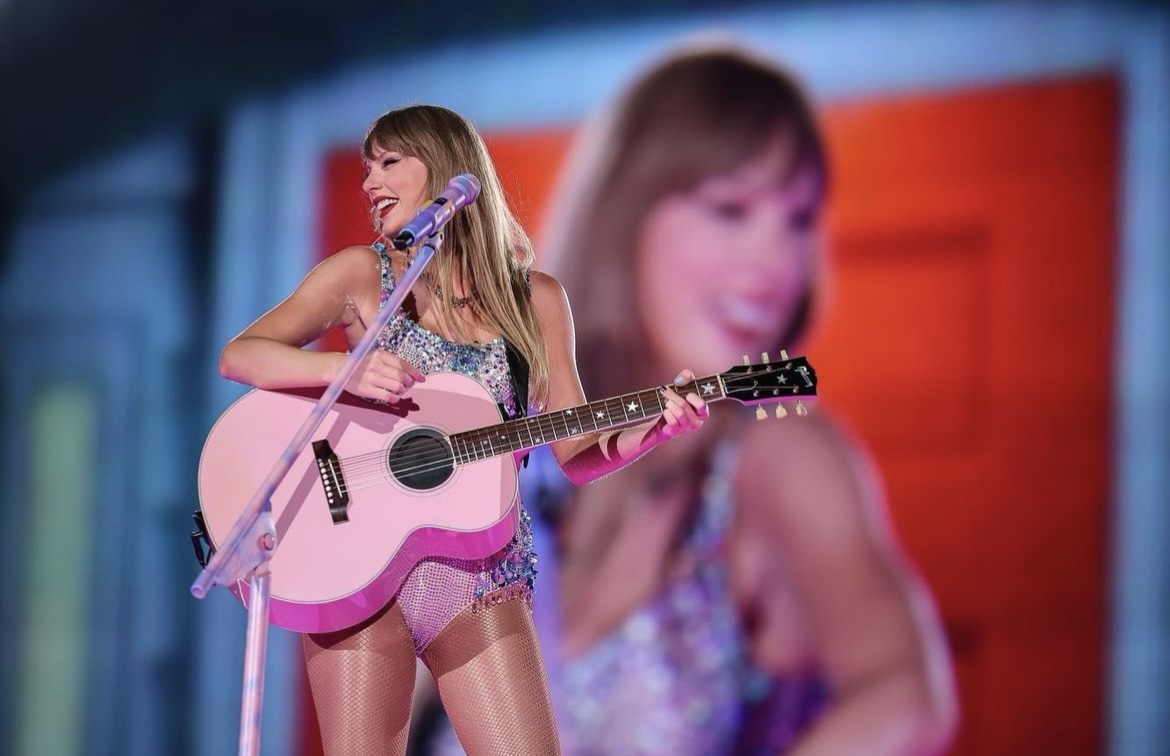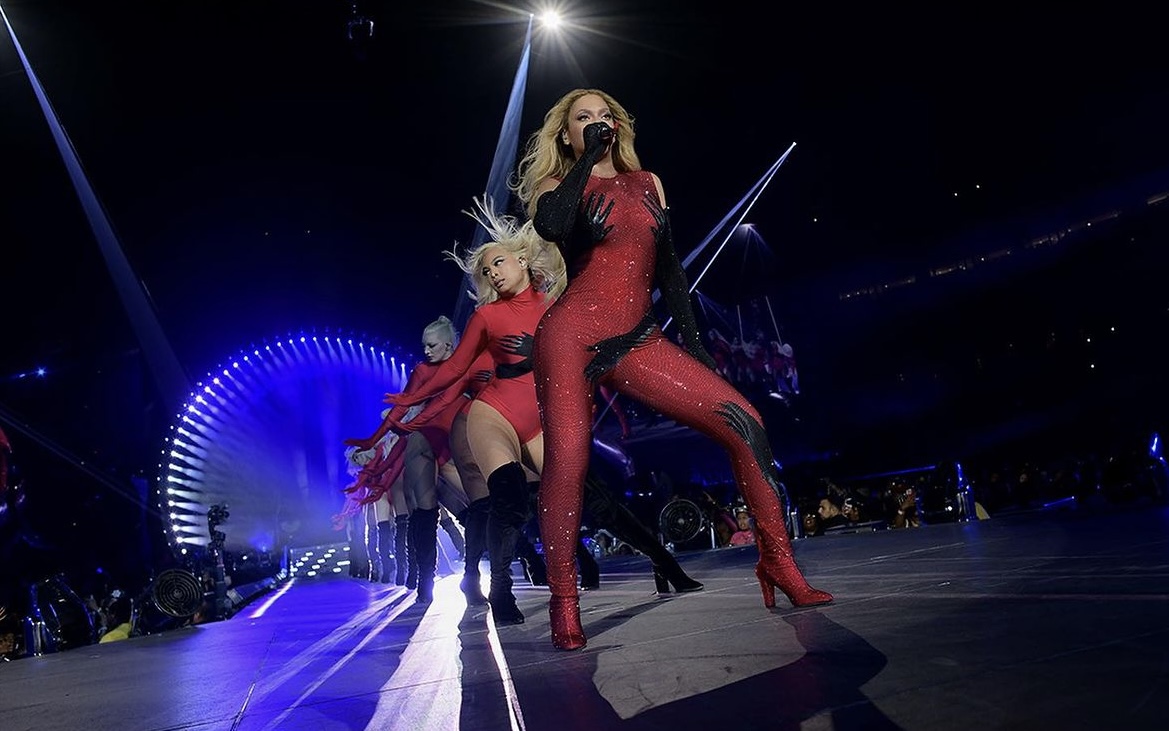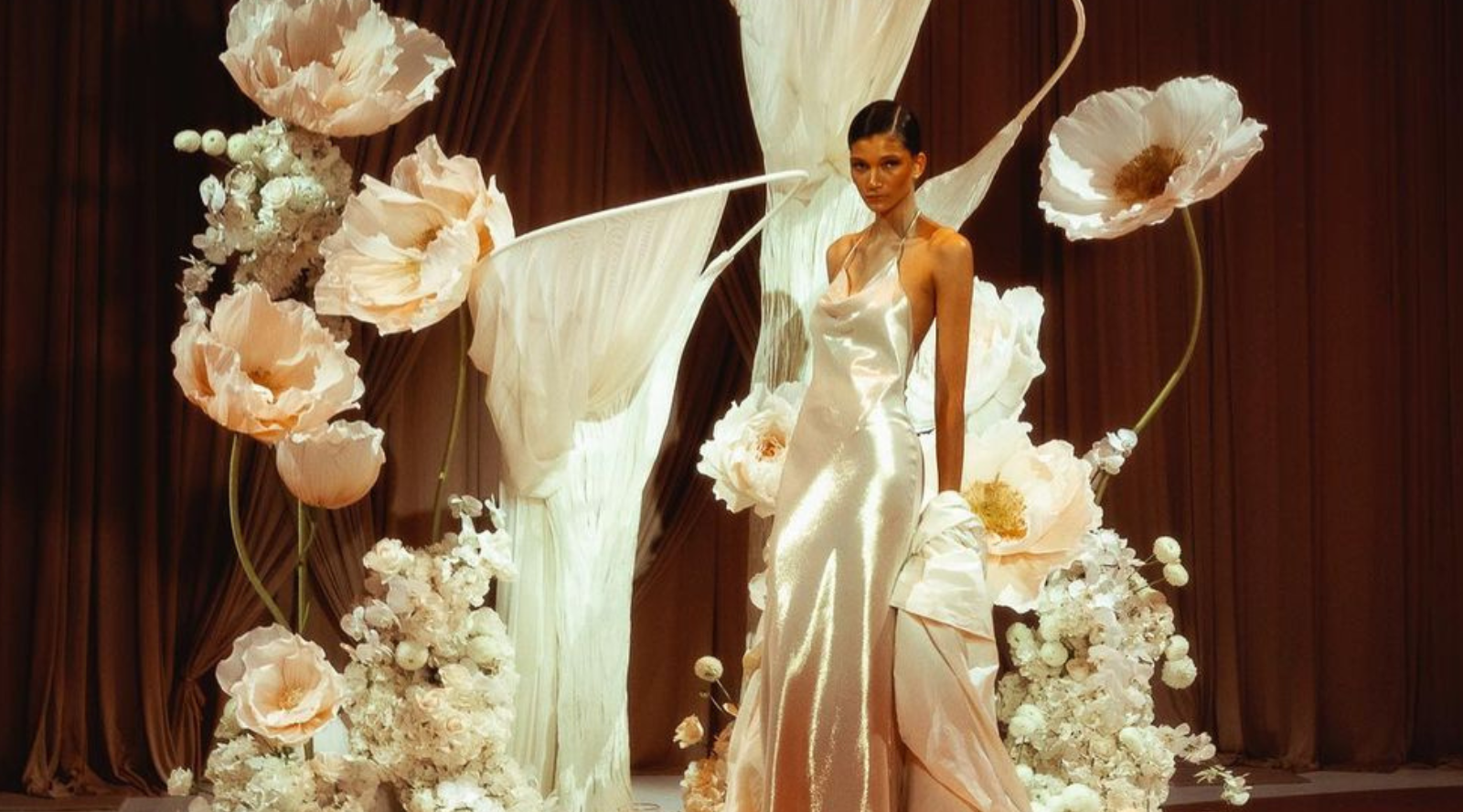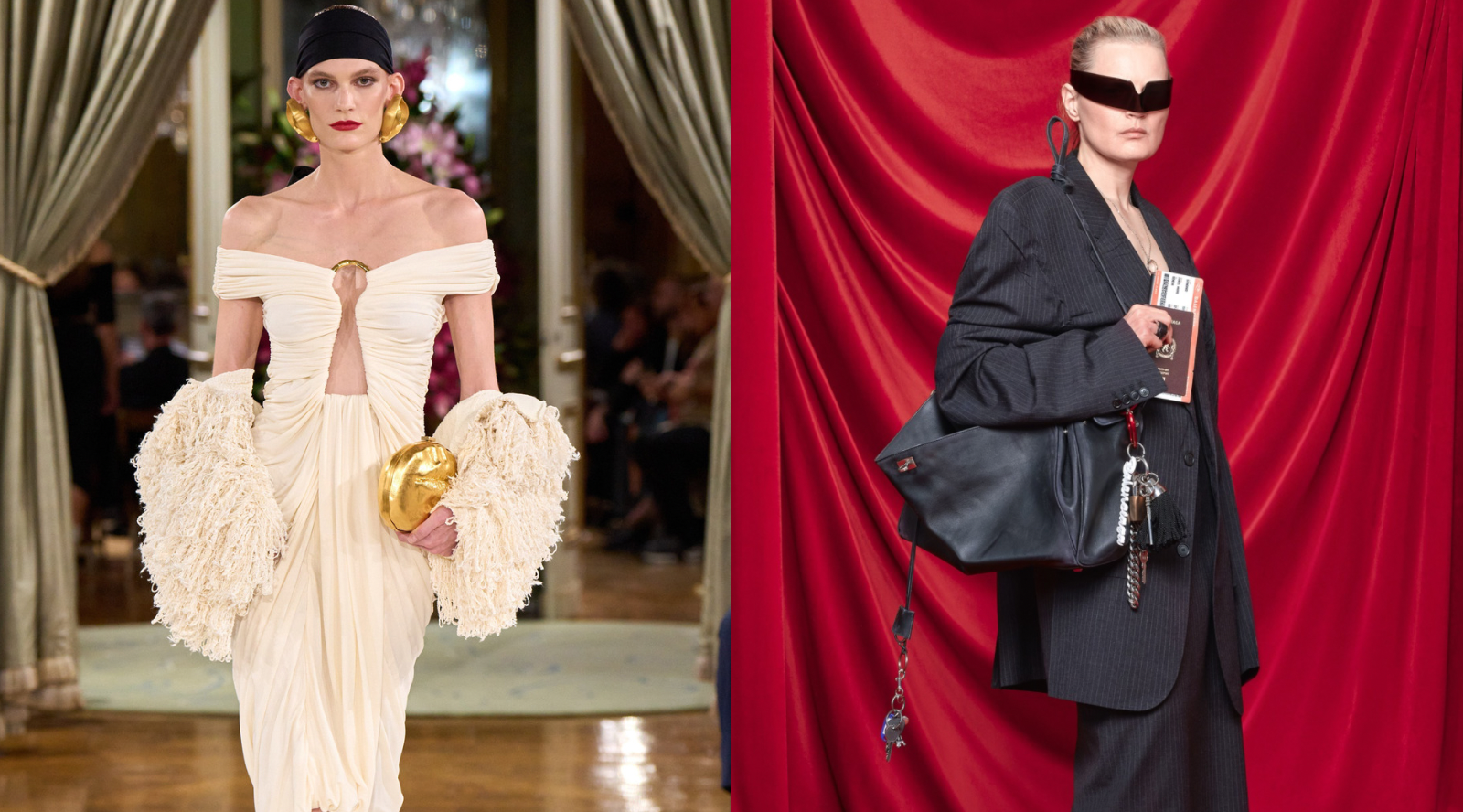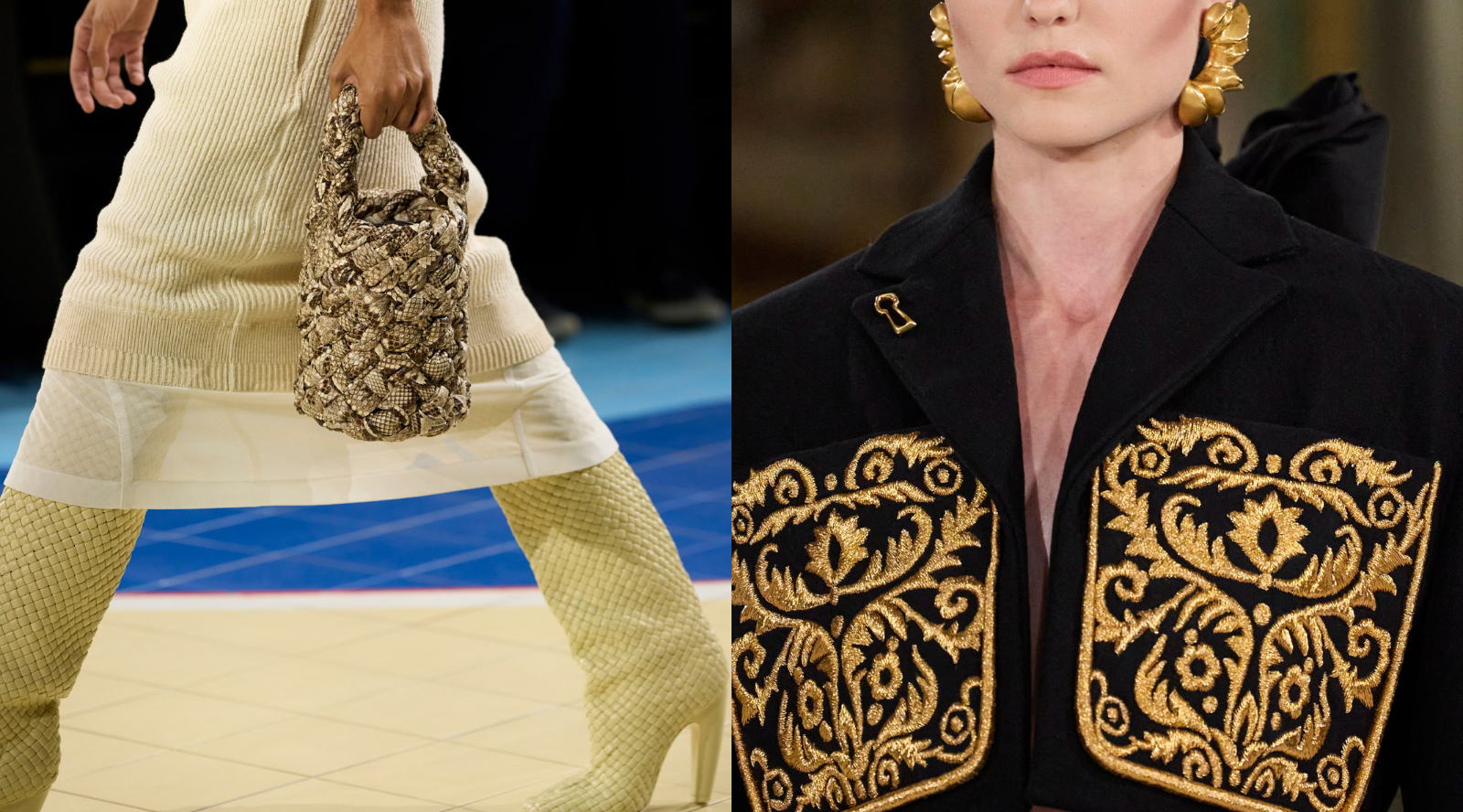What one would typically envision as the early life of a fashion designer is someone immersed in fashion magazines, tirelessly studying design, and dreaming of their first runway show. However, Sami Miro, the creative director, founder, and designer behind her own eponymous label, charted a path that is far from typical. Raised in San Francisco by her father alongside an older brother, Miro’s early years, as it relates to fashion, were marked by passed-on garments from her family, and a tomboyish disposition. “I started designing [with] hand-me-downs from my dad and brother [at around] 12 years old. [For example], I’d have a size large button-up and have to figure out how to make it work for me.” Unbeknownst to Miro, it was these moments that would later form the beginning of her designing journey.
Embarking first on a completely different career trajectory — Miro earned a Master’s degree in Global Entrepreneurship, with a stint first at a tech start-up — it wasn’t until a pivotal move to Los Angeles in 2013, a city that embraced creative communities, that Miro’s eyes were opened to a new ideal. “Before I came to LA, I didn’t know styling was a job,” Miro says. “Maybe a few months after I [moved], I realized there was a creative thing in me that I wanted to explore, and I took the risk of quitting [tech] to pursue modeling and styling.” Hailing from a traditional family whose idea of security was a 401K and substantial health benefits, Miro’s parents were, naturally at the time, less than enthused. “My family was terrified because I quit a job before having another job lined up.”
Working in the industry both in front of and behind the camera, Miro later grew a curiosity that led her to designing over styling and modeling alone. With no formal schooling, she took the most radical risk of all in starting her own company. “I literally knew zero. I just designed in my own way,” Miro says. “I didn’t know anything about manufacturing, how fabrics react to different patterns, or how to make a pattern — I didn’t know what a pattern was, so I had to figure out how to source the whole thing.”
Given her early years of repurposing hand-me-downs, Miro knew vintage would hold a special place in her fashion philosophy, and the decision to model her business around ethical practices in garment sustainability, even if no one else was at the time, was a no-brainer. “Back when I started SMV in 2016, upcycling wasn’t a thing. Reworking vintage was not a thing. Caring about being ethical and eco-conscious was not a thing.”
Now, seven years later, Miro has grown and scaled Sami Miro, the brand, to exponential heights, collaborating with major companies such as Levi’s and FWRD, designing for fashion week, dressing A-list celebrities such as Selena Gomez, sisters Kylie and Kendall Jenner, and Hailey Bieber, and actively advocating for ethical practices in fashion, garnering recognition from the likes of the CFDA. Now, the designer oversees a small team of ten, juggling both her denim-centric clothing line and her personal brand, which involves collaborating with brands such as Burberry and Ferragamo.
Because the latter can often pull the multihyphenate away from her design studio in Los Angeles, be it to attend fashion weeks across the globe bi-annually, or to quickly participate in a campaign shoot, Miro notes that while glamorous as it may seem, there is always a battle for balance. “Fashion month is always tricky for me because it is very long. It’s early mornings to evenings, and you have to be very present to [what’s] in front of you — the photographers, the fashion shows, the events, and it takes a lot of energy in that way.”

With so many moving parts to her day-to-day life, Miro’s creative process is one of chaotic brilliance, with sometimes very little time to actually design due to her hands-on involvement in other aspects of the company, or other projects. Instead, Miro is often deconstructing and reconstructing garments on the fly, fashioning them into wearable outfits within minutes. Without traditional training, it’s no surprise the designer’s process involves what she calls “happy accidents” in lieu of sketches, moodboards, and manufactured samples. “I don’t mood board. I only very recently kind of started sketching. But mostly, I sketch in my brain… If I’m picturing a design in my head, or if I’m looking at a vintage garment to rework, I either stare at it and figure it out, or I’ll put it on my body and then just start cutting and seeing what it becomes.”
The California-bred creative seems to move a mile a minute but never loses focus. “I really have to compartmentalize every moment of every day,” Miro says. “I’ve gotten really good at staying present and focused on what it is I’m currently working on, and giving that however short or long the duration is to complete that task or project. I’m able to move on really quickly. That’s kind of the only way that I’m able to function and be as productive as I am.”
For Miro, the sustainability element of her brand goes beyond the positive brand image that comes alongside attaching her label to the term; it’s woven throughout every aspect of the brand and its supply chain practices. “Caring about sustainability is how I was raised. It wasn’t really intentional — it wasn’t a business plan or marketing scheme for branding. I just thought if I start a company, it needs to be authentic to me,” Miro says. “I want to make a positive impact. I want to care about how my company is affecting the world and the planet, and its carbon footprint.” For example, Miro manufactures locally in Los Angeles, with almost the entirety of the Sami Miro supply chain located within a 25-mile radius of its headquarters. Miro notes the brand also exclusively works with family-owned sewing facilities that pay their employees a living wage.
Impressive both personally and professionally, Miro has meticulously built an empire from her passion, infusing her philosophies into the partnerships and projects. As a pioneer in sustainability methods that, at a time, once didn’t exist on such a scale in fashion, the 36-year-old leaves a growing mark on efforts to push the fashion industry toward a more ethical path. More than just a designer or influencer, Miro has built a world around her brand that operates to educate people on the impact of their purchases.
In between working and playing hard, Miro lately turns a focus to inner peace and self-love. “Beauty is, I think, reaching that level of self-awareness and understanding, and the corny thing that everyone says, you have to love yourself, but it’s the truth. It takes a lot of work,” the designer says. “Something I’ll always be working towards is how to be the best person, kind, gracious, hardworking, always be learning and treating people well and respectfully, and also figuring myself out. To me, that is the most beautiful thing, is really knowing who you are and getting to a place where you can love that person too.”
